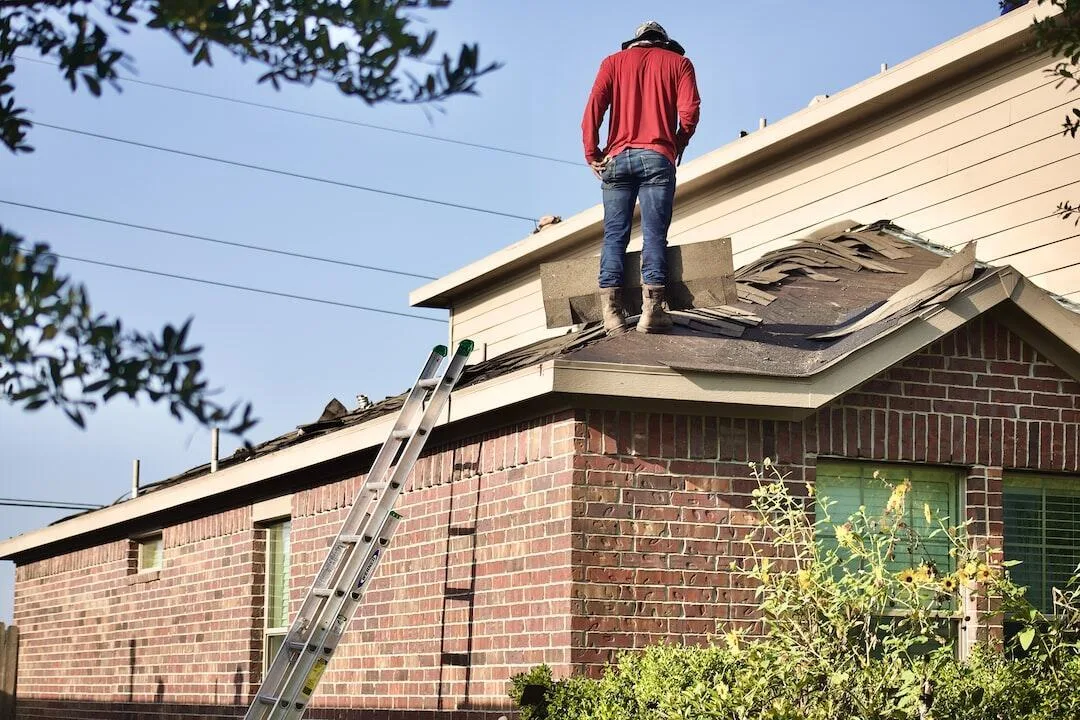Your home is more than just a place to live—it’s an investment that requires regular care and attention. From structural integrity to energy efficiency, every aspect plays a crucial role in ensuring comfort, safety, and long-term value. In this guide, we’ll explore key areas of home maintenance, offering practical tips to keep your property in top shape.
1. Structural Integrity: The Foundation of a Safe Home
A home’s structural integrity is its backbone. Without a solid foundation and well-maintained framework, even the most beautiful house can become unsafe.
Inspecting Your Foundation
Cracks in the foundation, uneven floors, or sticking doors can signal structural issues. Regularly check for signs of shifting or water damage, especially after heavy rains.
Roof Maintenance Matters
A sturdy roof protects against the elements. Whether it’s residential or commercial roofing Madison WI, regular inspections prevent leaks and costly repairs. Look for missing shingles, water stains, or sagging areas.
Checking for Pest Damage
Termites, rodents, and other pests can weaken a home’s structure. Schedule annual pest inspections to catch infestations early.
2. Energy Efficiency: Reducing Costs and Environmental Impact
An energy-efficient home saves money and reduces your carbon footprint. Simple upgrades can make a significant difference.
Upgrading Insulation
Proper insulation keeps your home warm in winter and cool in summer. Check attics, walls, and basements for gaps or deteriorating material.
Smart Thermostats and HVAC Maintenance
Programmable thermostats optimize heating and cooling, while regular HVAC servicing ensures peak performance. Change filters every 1-3 months.
Switching to LED Lighting
LED bulbs use up to 80% less energy than incandescent ones and last much longer. Replace outdated bulbs to cut electricity costs.
3. Indoor Air Quality: Breathing Easy at Home
Poor air quality can affect health, causing allergies and respiratory issues. Keeping your home’s air clean is essential.
Ventilation Improvements
Ensure proper airflow by using exhaust fans in kitchens and bathrooms. Consider an air exchange system for better circulation.
Reducing Indoor Pollutants
Avoid harsh chemicals in cleaning products. Houseplants like spider plants and peace lilies naturally filter toxins from the air.
Regular Duct Cleaning
Dust and mold in air ducts can circulate allergens. Professional cleaning every 3-5 years improves air quality.
4. Exterior Upkeep: Curb Appeal and Functionality
Your home’s exterior is its first impression. Maintaining it enhances aesthetics and prevents damage.
Siding and Paint Maintenance
Peeling paint or cracked siding exposes your home to moisture. Repaint every 5-10 years and repair damaged sections promptly.
Gutter Cleaning and Drainage
Clogged gutters lead to water damage. Clean them seasonally and ensure downspouts direct water away from the foundation.
Landscaping for Protection
Proper grading prevents water pooling near the house. Trim trees and shrubs to avoid damage from overhanging branches.
Driveway and Walkway Repairs
Cracks in concrete or asphalt can worsen over time. Seal cracks early to prevent costly resurfacing.
Conclusion: A Proactive Approach Pays Off
Regular home maintenance prevents small issues from becoming expensive problems. By focusing on structural integrity, energy efficiency, air quality, and exterior care, you’ll ensure a safe, comfortable, and valuable living space. Whether it’s a minor repair or a major upgrade like commercial roofing Madison WI, staying proactive is the key to long-term home satisfaction.
By following these guidelines, you’ll not only protect your investment but also create a healthier, more efficient living environment for years to come.

